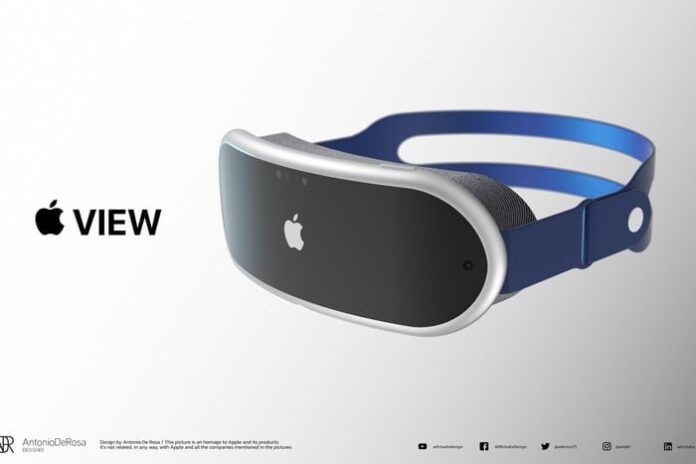Qualcomm and Razer unveil Snapdragon G3x, a cutting-edge portable device
In the gaming scene we have Nintendo with the wildly popular Switch, the heart of which is still the good old NVIDIA Tegra X1, while cell phones and tablets are getting more and more powerful, but cannot rely on the presence of the same pool of high-quality titles.
There is a range of other portable devices that are smaller in size but promote powerful technologies and concepts (Valve will offer Steam Deck very soon), and chip maker Qualcomm wants to join this market through a partnership with Razer.
The companies announced a partnership to produce a “development kit” Snapdragon G3x, which is designed to be a showcase of the company’s technology and the results it can achieve within a space dedicated exclusively to gaming. Justin Cooney, Razer’s director of global partnerships, stressed that this is not a commercial version of the system, but is strictly for the development sector to showcase the concepts of this technology.
“This is not a Razer hardware announcement. The Snapdragon G3x developer kit is a Qualcomm device. By working together with Qualcomm in this collaborative partnership, we aim to bring more publishers and developers to the table and achieve our shared vision to create the future of portable gaming“.
In some ways it is similar to the approach taken by NVIDIA with its various Shield devices that promoted the Tegra chipset: although they were available for public sale and had a slightly broader emphasis than this Qualcomm device, they were ultimately designed to showcase the technology, which eventually found its main platform in Nintendo Switch.
Qualcomm already produces a good percentage of the most capable and popular chips in the mobile industry, so it is well established in delivering impressive mobile performance. The development kit specifications to promote the G3x platform are interesting: the GPU and chipset support 5G connections, can stream to 4K screens and connect to “mixed reality headsets”. The chipset will run Android games but will have a significant emphasis on streaming games from PC/console relying on the power of cloud servers.
It is an interesting move, all things considered, and adds another potential competitor in the space that NVIDIA has arguably dominated in recent years, obviously greatly enhanced by the Switch. Needless to say, if Nintendo decides to stick with the ’hybrid console” approach, it will be continuously monitoring chip and GPU options on the market, and it is by no means ruled out that this move by Qualcomm is aimed precisely at getting Nintendo’s attention ahead of the Switch successor.


